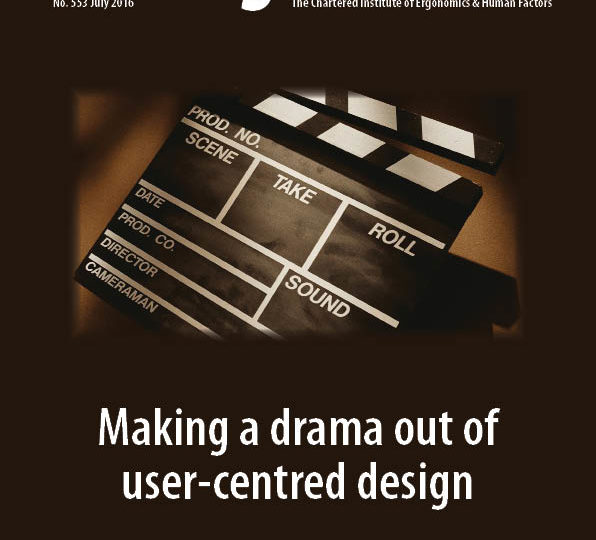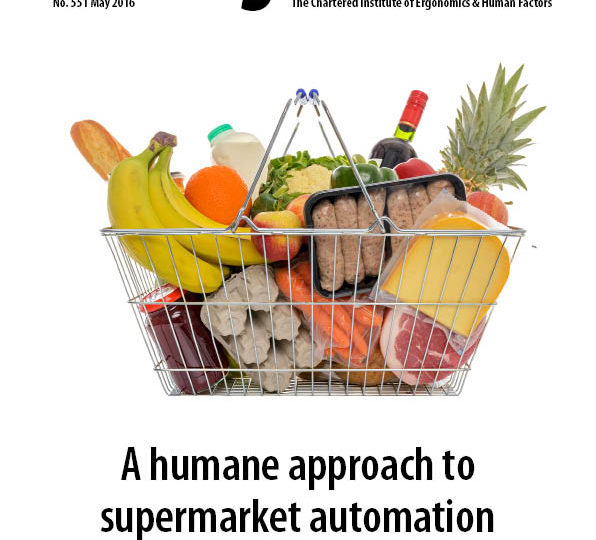
In February, the International Electrotechnical Commission (IEC) published IEC 62366-1:2015, Medical devices – Part 1: Application of usability engineering to medical devices, which revised and replaced both the IEC 62366:2007 and IEC 62366 Ed 1.1:2014. The Association for the Advancement of Medical Instrumentation (AAMI) and the American National Standards Institute (ANSI) then approved and published it as ANSI/AAMI/IEC 62366-1:2015. The Food and Drug Administration (FDA) also added both the IEC (RN 5-95) and ANSI/AAMI/IEC (RN 5-96) versions to their list of recognised consensus standards.
This standard “specifies a process for a manufacturer to analyse, develop and evaluate the Usability of a Medical Device as it relates to Safety. This Usability Engineering (Human Factors Engineering) Process permits the Manufacturer to assess and mitigate risks associated with Correct Use and Use Errors, i.e., Normal Use.”
Within the above quoted scope, you may notice a few key words, such as validation, have been omitted. This is no accident. The updated standard has managed to modernise the process, making it more efficient and in my opinion, more robust to the broad range of user interfaces involved within the market of medical devices, without making any compromises to safety.
With the new publication of IEC 62366-1:2015, a few questions have been raised. Some of these include ‘Why is there no mention of verification?’ and ‘What is meant by User Interface of Unknown Provenance (UOUP)?’ This short review intends to answer these questions by comparing aspects of the old standard (IEC 62366:2007) to the new.
Deleted terms and new definitions
A number of terms have been omitted from the new standard.Most of these are examples only used in notes and informative annexe, such as ‘alarm off’. Only three have real significance within the text: medical device, usability specification and validation.
The term ‘medical device’ has been removed and is to be defined as it is in ISO 14971:2007. This is appropriate as it unites the standards. Usability specification has been expanded into many more definitions which allows the text to talk more specifically about different aspects of the specification.
Verification and validation
Verification was never listed in the terms and definitions of the original text. It seems as though the new text has included it in the definitions as formative evaluation. It is recommended in 62366-1 to perform formative evaluation “iteratively throughout the design and development process”. This is a key aspect of 62366-1 that makes the standard feel more in touch with the ergonomics of the process. 62366:2007 often refers to the ‘Usability Engineering Process’ in its entirety as being iterative, as if that is just the way it has to be whereas 62366-1 has localised the need for iteration exclusively to the formative evaluation. This seems much less time consuming and makes the iteration more of an integral part of the process, rather than an outcome of the nature of the work. This outlook may seem obvious to some, but now it is stated within the standard, which should overall enhance the process in any attempt to improve the safety of user interfaces and bring a greater robustness to the model.
‘UOUP’ – User Interface of Unknown Provenance
This is defined in 62366-1 as “User Interface or part of a User Interface of a medical device previously developed for which adequate records of the Usability Engineering Process of this standard are not available”. It means that any user interface of a medical device that was designed prior to the release of 62366-1 will not have to undergo stages 1-9 of the engineering process, but will have to be measured against the requirements outlined in Annex C: ‘Evaluation of a UOUP’. This only applies if the component of the user interface is going to remain exactly the same. If even one new hazard is established and designed out of the component, this will become a new component and will have to undergo the whole engineering process.
As for validation, it has been replaced with the term ‘summative evaluation’. These are essentially the same, to the extent that 62366-1 notes that summative evaluation “relates to validating the safe use of user interface”.
Summary of qualitative and quantitative study points
62366:2007 does not start any studies until step 3 whilst 62366-1 now states that the first step of the process requires studies to take place. 62366-1 has seemingly made the process more efficient, by having the research part of the process finished earlier without omitting any of the required components.
Even though 62366:2007 is only 7 years old, this new version makes it look outdated simply with the alteration of some terminology. The Usability Engineering Process seems much more straightforward if you refer to the flowchart in Annex A of the document, suggesting a more efficient process. Highlighting the use of formative evaluation throughout makes the process much more robust for the addition of new technologies to medical devices in years to come.
In conclusion, 62366-1:2015 should be a welcomed republication of the standard.
Natalie Shortt
Graduate Human Factors Consultant at Medical Device Usability Ltd. Email natalie@medical-device-usability.com http://medical-device-usability.com
This article first appeared in The Ergonomist, November 2015.




